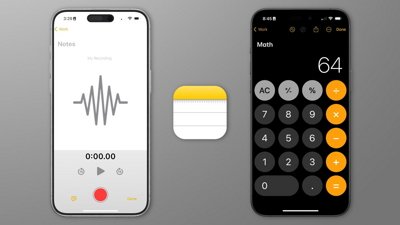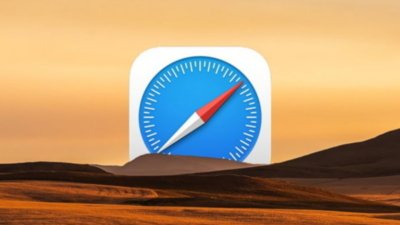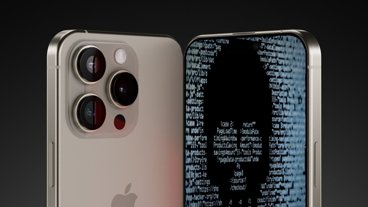Hypothetical no-contract $300 'iPhone lite' would net Apple 16% gross margin - analysis
Analyst Charlie Wolf with Needham & Company took a closer look at the prospect of a hypothetical "iPhone lite," to see if it would be in Apple's best interest to build such a product. A cheaper iPhone has been viewed as a strategy that would work to Apple's advantage in emerging markets like China.
In February, both Bloomberg and The Wall Street Journal reported that Apple is working on a smaller and cheaper iPhone that it could sell contract-free. Soon after, The New York Times chimed in, and claimed that while Apple is not working on a smaller iPhone, it has explored opportunities in developing a cheaper handset.
Wolf largely agrees with the Times, and doesn't see a smaller iPhone with a new form factor as something that would be in Apple's best interest, even though it would be the easiest way to cut costs and created a cheaper handset.
"In our view, the iPhone would not be an iPhone if the display were, say, cut in half," he said. "Such a move would (dramatically) reduce the value of the iPod module for video viewing as well as the size of web sites accessed through the Safari browser. A smaller screen would also degrade the experience in using some applications, not to mention the possibility that some applications would probably have to be rewritten to accommodate a smaller screen."
iSuppli estimated that the 16GB iPhone 4, when it launched last June, carried a bill of materials of $188. The iPhone has an average selling price of $625 with a carrier subsidy, while gross margin is usually around 50 percent, suggesting that additional costs like assembly, software, testing, licenses and warrantees add up to $100 or more.
Ruling out the possibility of a smaller iPhone, Wolf said Apple could reduce internal storage from 16GB to about 4GB, but that would only reduce the bill of materials by $30 to about $157. By his estimation, such a handset would still have a total cost of $270.
"Apple would at best break even if it priced an iPhone Light at $250; and it would earn a modest 16% gross margin if it priced it at $300, which we regard as the high end of the range for a prepaid phone," Wolf wrote.
Gross margins of just 16 percent would be a number uncharacteristically low for Apple. For example, in its last quarterly results for the 2010 holiday buying season, Apple reported margins of 38.5 percent, or more than twice Wolf's estimate for a low-cost, no-contract iPhone.
"We suspect that the iPhone's designers and engineers have thought about this a lot more than we have so that the cost savings would be somewhat greater than we've estimated," Wolf said. "If, for example, the expenses incurred beyond the cost of components could be materially reduced, Apple might be able to earn a gross margin of 20% pricing the phone at $250 and 33% gross margin pricing it at $300."
The possibility of a cheaper iPhone with fewer features was hinted at by Apple Chief Operating Officer Tim Cook earlier this year. Cook, in an interview with Bernstein Research analyst Toni Sacconaghi, said Apple doesn't want its products to be "just for the rich."
Cook reportedly said that Apple is planning "clever things" to compete in the prepaid handset market. He also stated that Apple is "not ceding any market." He also referenced China, where Apple has found great success of late, and noted that it is a "classic prepaid market."
 Sam Oliver
Sam Oliver










 Marko Zivkovic
Marko Zivkovic
 William Gallagher
William Gallagher

 Chip Loder
Chip Loder
 Wesley Hilliard
Wesley Hilliard
 Malcolm Owen
Malcolm Owen









